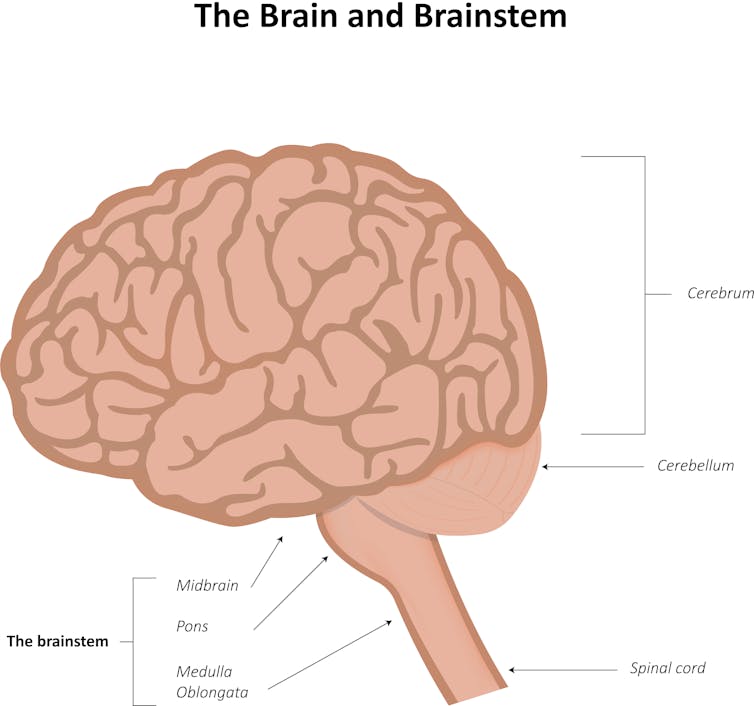Source: The Conversation (Au and NZ) – By David Farmer, Researcher, The University of Melbourne
Why does the sun’s bright light make me sneeze? — Orlo, age 5
Dear Orlo,
Thanks for your lovely question. Very smart people have been wondering about this very question for thousands of years.
To tell you the truth, Orlo, nobody knows for sure why this happens. But it’s probably got to do with the fact that signals from your eyes and your nose go to the same part of your brain.Let me explain.
The sneeze centre
Your nose can be used to smell and breathe. But sometimes, things get into our nose that shouldn’t be there. The list of things that should not be in our nose is very long, so I will not include all of them here. But it includes things like peas, sweetcorn and Lego, as well as viruses and bacteria, which are tiny germs that sometimes make us sick.
Read more: Curious Kids: How do we smell?
When you have something in your nose that shouldn’t be there, it’s best to call on the “sneeze centre”. The sneeze centre is the place in your brain that makes sneezes. It’s in your brainstem, which is at the bottom of your brain.
It can do this because it contains instructions on how to switch your breathing muscles on in just the right order to produce a sneeze.
So, while you might think of sneezing as something that happens inside your nose, a lot of it happens inside your brain.

Switching on the sneeze centre
When you have things inside your nose that shouldn’t be there, they will switch on nerve cells on the inside of your nose. These nerve cells send a signal to the brain, which is conveniently located just inside your head and not very far away from your nose.
When the brain gets this signal, it is relayed to the sneeze centre inside your brain so as to say “we could really use a sneeze now”. The sneeze centre will then produce a sneeze that pushes the unwelcome things out of your nose.
The sun
While the nose is very important, it’s not the only part of your body that has nerve cells which talk to the brain. Another part is your eyes.
Let’s imagine you look at something very bright, which can be the sun but doesn’t have to be the sun. When you do, nerve cells in the eye send this information to the brain which tells your eyes to blink or squint in order to deal with the light.
Orlo, for some reason, in about a quarter of people (including you!) the bright light can also produce a sneeze.
Why?
Well, scientists disagree about this, but I will tell you what I think is the most likely explanation.

Some of the nerve cells in your nose and in you your eye talk to the same region of the brain: a place called “the trigeminal nucleus”.
This means the signals from the nose (the ones that would usually produce a sneeze) and the signals from the eye (the ones that would usually produce squinting or blinking) arrive into the same part of the brain.
If the number of signals coming in from the eye is very high (like it might be if you happen to look at the sun), they can end up switching on the sneeze centre as well as the parts of the brain that cause blinking. This makes you sneeze, even without you having put something up your nose!
Read more: Curious kids: do whales fart and sneeze?
Hello, Curious Kids! Have you got a question you’d like an expert to answer? Ask an adult to send your question to curiouskids@theconversation.edu.au
– ref. Curious Kids: why does the sun’s bright light make me sneeze? – https://theconversation.com/curious-kids-why-does-the-suns-bright-light-make-me-sneeze-158133








